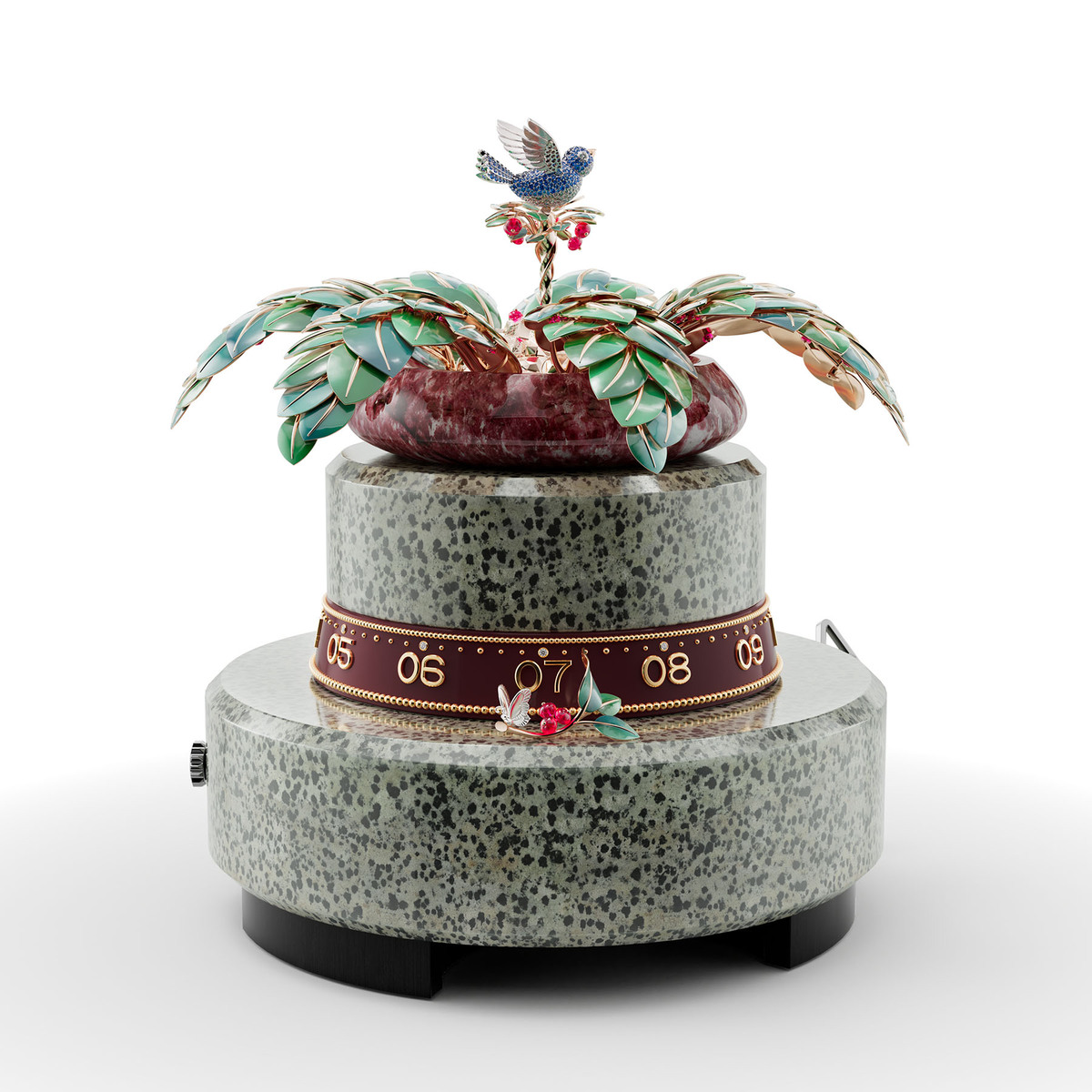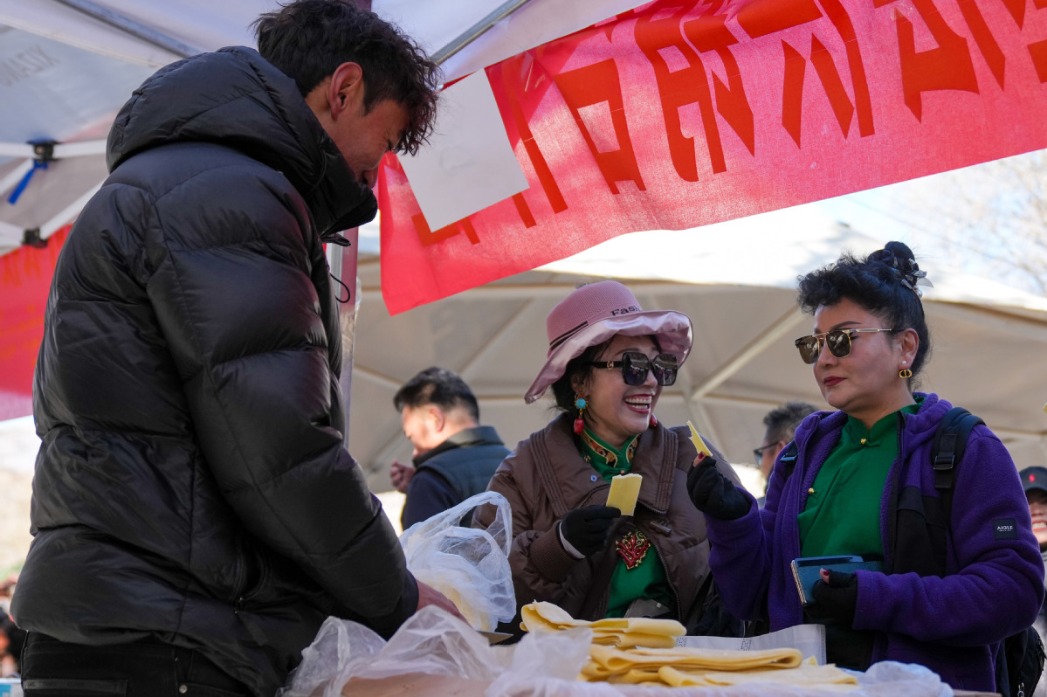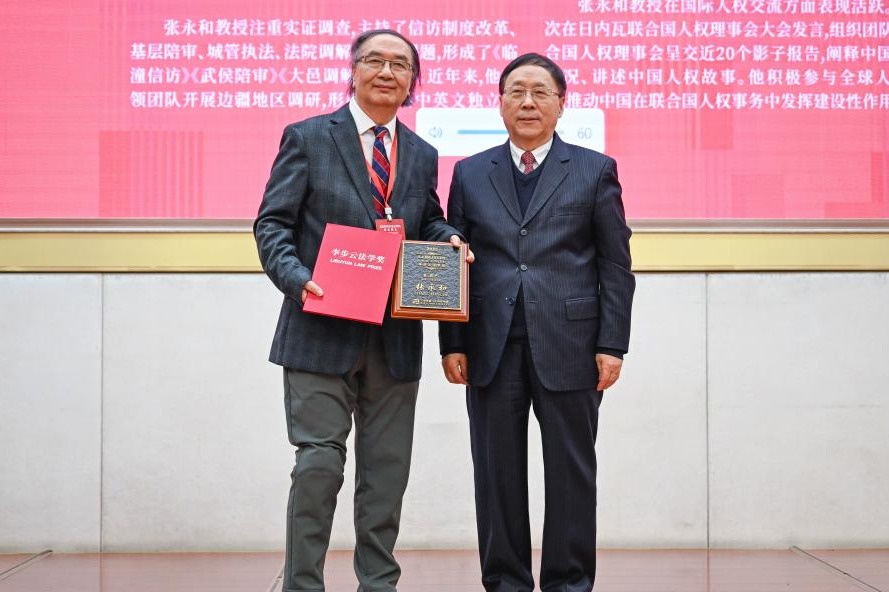The timeless allure of lavish clocks


Love of Western models
Zimingzhong: Clockwork Treasures from China's Forbidden City, an exhibition that concluded in June at London's Science Museum, showcased a magnificent collection of clocks from the Palace Museum in Beijing. Often created as bespoke pieces for Qing Dynasty (1644-1911) emperors, they are a testament to the early days of Chinese collectors' growing interest in ornate clocks made in the West, besides serving as tokens of cultural exchange and trade between China and Europe in the 1700s.
An exquisite 18th-century masterpiece of European make figured among the exhibition highlights. It comes with a number of bat-shaped motifs, and hence is supposed to attract good fortune.
Interestingly, the wealthy Chinese elite's fascination with Western mechanical clocks had an impact on European clockmakers, who began incorporating elements of both Chinese horological technology as well as design in their creations. The 1926 Cartier "mystery clock" that fetched an impressive $1.04 million at Phillips' New York auction in June is a case in point. The rock crystal dial of the piece comes with a turquoise lacquer frame while its diamond and onyx hands resemble a dragon - which suggests power and prosperity in Chinese culture.
Even as horological science continues to evolve and advance, some clockmakers - and collectors - prefer going back in time. The growing market for these intricately crafted timepieces suggests the presence of master craftsmen and connoisseurs who see clocks as objects of art rather than just a device with a functional value.
- Photographer captures wild mandarin ducks in Guizhou
- Infrared cameras and drones record Tarim red deer in Xinjiang
- Beijing issues alerts for snowstorms and road icing
- Beijing district recovers nearly 100 million yuan in scam losses
- China's immigration hotline adds French language support
- Zootopia 2 fans fuel hazardous trend in online snake purchases




































